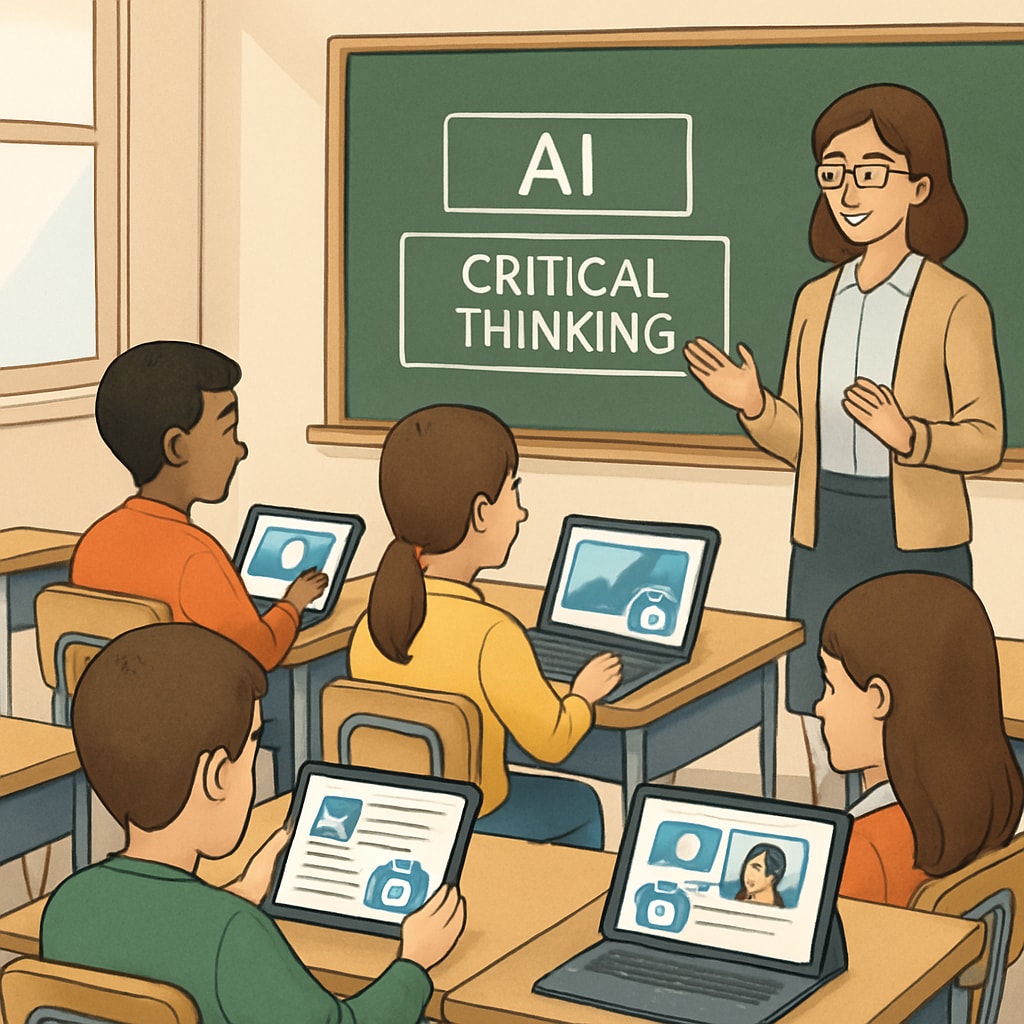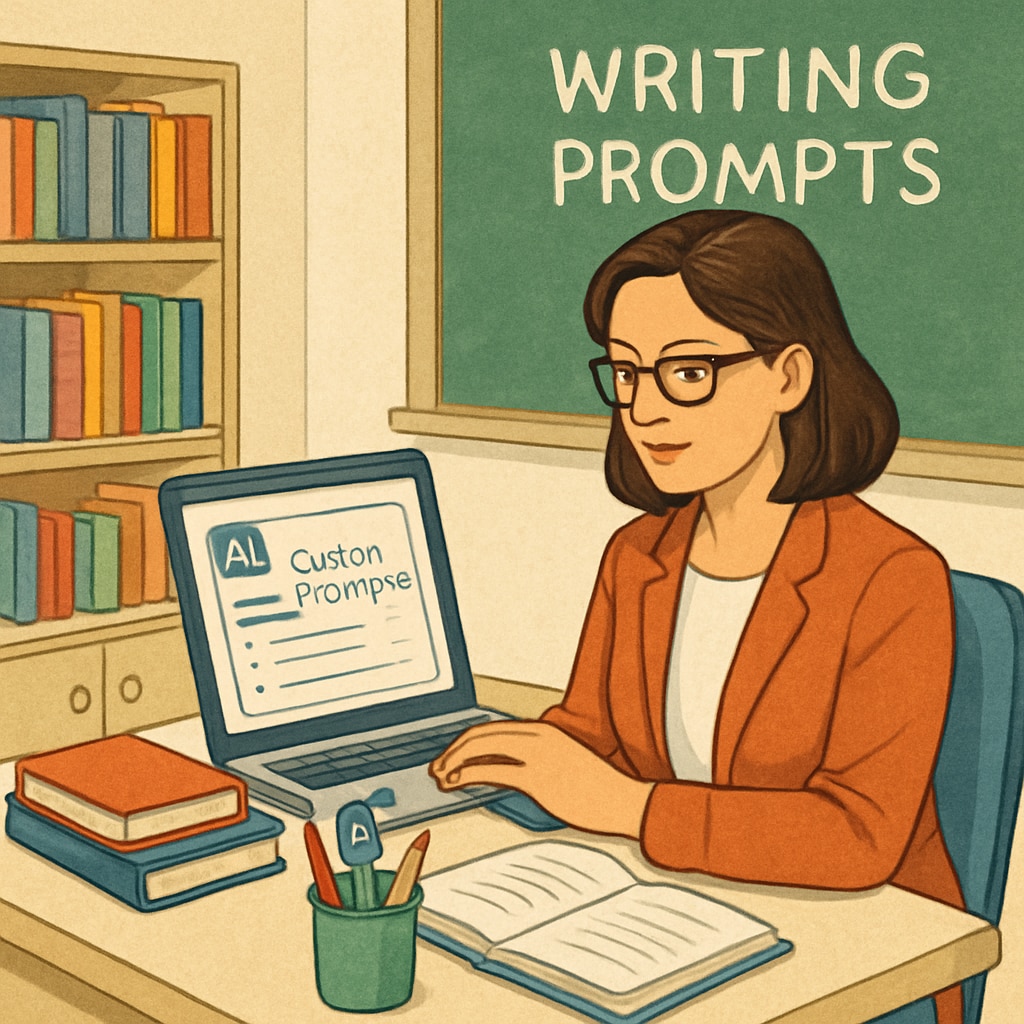In today’s interconnected world, teaching students to critically analyze and create media content is more essential than ever. Leveraging AI tools for media literacy and critical thinking can empower students in grades 9-12 to navigate the digital landscape confidently. This article explores innovative ways educators can use AI to enhance learning outcomes, including a free role-based AI writing prompt package designed to foster critical thinking and creativity.
Why Media Literacy Matters in the Digital Age
Media literacy—the ability to access, analyze, evaluate, and create media—is a vital skill in the 21st century. Students are constantly exposed to information from social media, news outlets, and digital platforms, which makes it imperative for them to discern credible sources and identify bias. Critical thinking is the backbone of media literacy, allowing students to question the intent, context, and reliability of the content they consume.
However, teaching these skills can be challenging. Educators need effective tools and strategies to help students develop a deeper understanding of media. AI-powered resources, such as writing prompts tailored to real-world scenarios, offer new opportunities to engage students in meaningful learning experiences.

How AI Tools Foster Media Literacy and Critical Thinking
AI tools can bridge the gap between traditional teaching methods and the digital demands of today’s students. By using AI-driven writing prompts, educators can create interactive and personalized learning experiences. For example, role-based prompts might include scenarios where students act as journalists analyzing a breaking news story or as social media managers responding to public feedback.
- Personalized Learning: AI algorithms can adapt writing prompts to match individual students’ interests and skill levels, making them more engaged in the learning process.
- Real-World Application: AI tools simulate real-world scenarios, helping students connect theoretical concepts to practical applications.
- Feedback and Improvement: AI-powered platforms provide instant feedback, enabling students to refine their work and develop stronger critical thinking skills.
For educators, these tools offer a creative way to teach abstract concepts like bias detection, argument structuring, and ethical decision-making in media. They also save time by automating repetitive tasks, allowing teachers to focus on mentoring and guiding their students.

Free AI Writing Prompts for Educators
To make it easier for educators to integrate AI into their classrooms, a free collection of role-based AI writing prompts is now available. These prompts are designed to address various aspects of media literacy and critical thinking:
- Analyzing News Reports: Students evaluate the credibility of different news sources and identify biases.
- Social Media Strategies: Students create responsible social media campaigns that prioritize ethical communication.
- Advertising Ethics: Students explore the impact of advertisements and develop strategies for transparent messaging.
- Fact-Checking Exercises: Students practice verifying claims using reliable tools and resources.
These prompts encourage students to think critically while engaging them in creative problem-solving tasks. By adopting these resources, educators can effectively prepare their students for the complexities of the digital age.
The Future of AI in Education
The integration of AI into education is just beginning, but its potential is vast. As AI tools become more sophisticated, they can offer even more personalized and interactive learning experiences. For example, AI-powered virtual assistants could guide students through complex research projects, while machine learning algorithms could identify areas where students need additional support.
In addition, AI can help educators track student progress more effectively, enabling data-driven decisions that improve teaching strategies. By embracing AI as a partner in education, schools can empower both students and teachers to thrive in a rapidly changing world.
For more information on media literacy and AI tools, you can visit Media Literacy on Wikipedia or explore the latest insights on Media Literacy on Britannica.
In conclusion, AI tools offer an exciting opportunity to enhance education by fostering critical thinking and media literacy. Whether through role-based writing prompts or advanced analytics, these resources equip students to become informed and responsible digital citizens.


